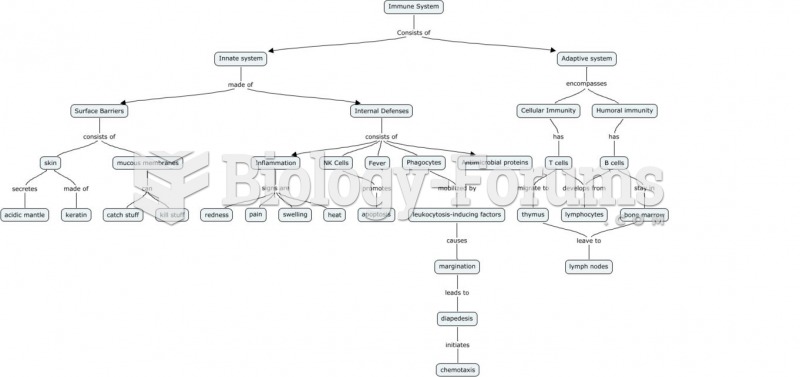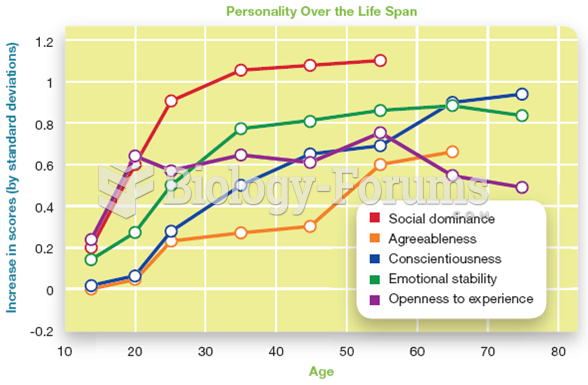Answer to Question 1
Nineteenth-century intellectuals and Romantics celebrated the heroic personality, especially in its dedication to the causes of liberty and equality. In literature, writers created fictional heroes whose moral strength was tested by the forces of evil. The myth of Prometheus served as a popular model for this hero. According to legend, Prometheus challenged Zeus by stealing from his home on Mount Olympus the sacred fire (source of divine wisdom and creative inspiration) and bestowing this great gift upon humankind, an act that ennobled him. Romantic writers embraced the figure of Prometheus as the suffering champion of humanitya symbol of freedom and a deliverer whose noble ambitions had incurred the wrath of the gods.
This character recurred in many novels, such as Mary Shelley's novel Frankenstein; or, The Modern Prometheus. The scientist Frankenstein, a modern Prometheus, suffers punishment for his ambitious designs when the creature, excluded from the normal life of ordinary mortals, betrays his creator. Like the fallen Lucifer, Frankenstein's creation ultimately becomes a figure of heroic evil. Goethe's Faust was perhaps the most compelling representation of the Romantic hero. In Faust, Goethe uncovers the tragic tension between heroic aspirations and human limitations. Faust is a character with an insatiable appetite for all knowledge and experience. His unquenched thirst for experience leads him to pursue a life of action for the public good, undertaking a vast land-reclamation project, which provides habitation for millions of people. In this Promethean effort to benefit humanity, the aged and near-blind Faust finally finds personal fulfillment. He dies, however, before fully realizing his dream, thus never declaring the satisfaction he craves. The heroic Faust is a timeless symbol of the Western drive for consummate knowledge, experience, and the will to power over nature.
Answer to Question 2
Many stereotypes for eighteenth- and nineteenth-century women can be found in the Romantic literature of the time. Writers either glorified the female as chaste, passive, and submissive, or characterized her as dangerous and threatening. Romantic writers inherited the dual view of womankind that had prevailed since the Middle Ages: like Eve, woman was the femme fatale, the seducer and destroyer of mankind; like Mary, however, woman was the source of salvation and the symbol of all that was pure and true.
Many women writers during the time tended to perpetuate the Romantic stereotype of the chaste and clinging female. Jane Austen, something of an exception, wittily attacks sentimental love and Romantic rapture in her novels. Her heroines, intelligent and generous in spirit, are concerned with reconciling economic security with proper social and moral behavior. Austen's keen eye for the details of family life, and for the comic contradictions between human actions and values, show her to be the first Realist in the English novel-writing tradition.







